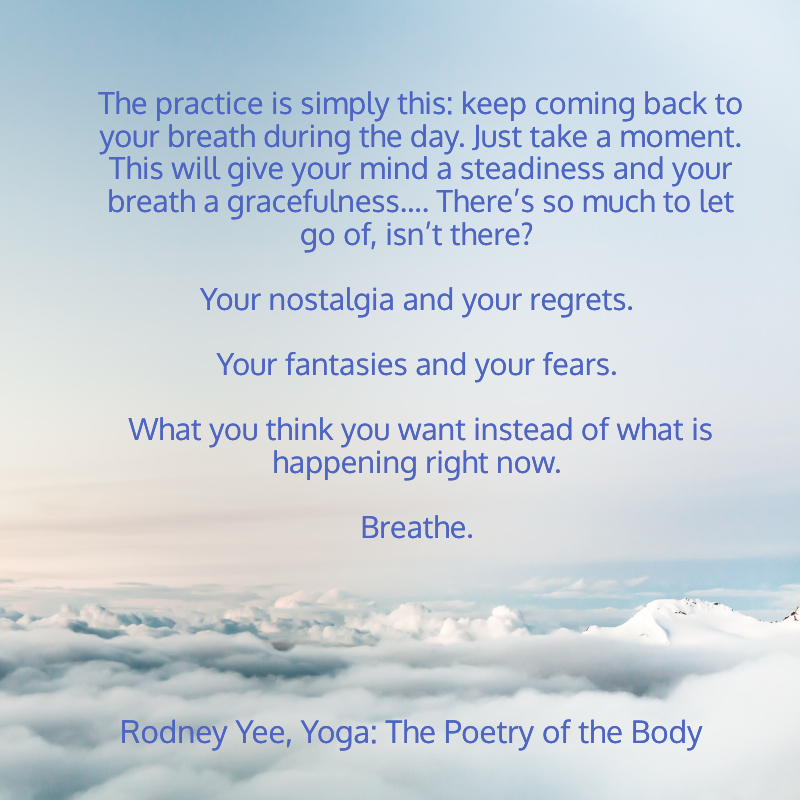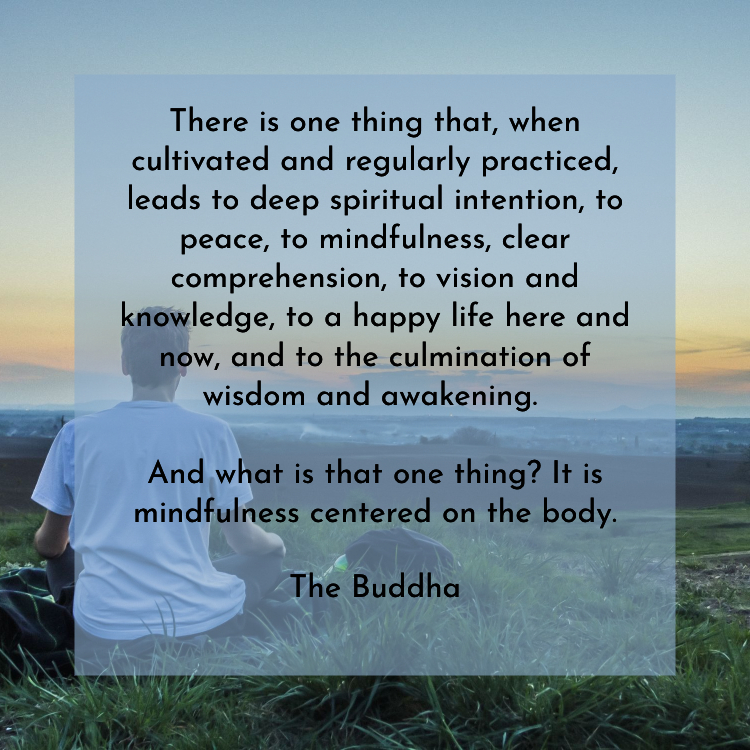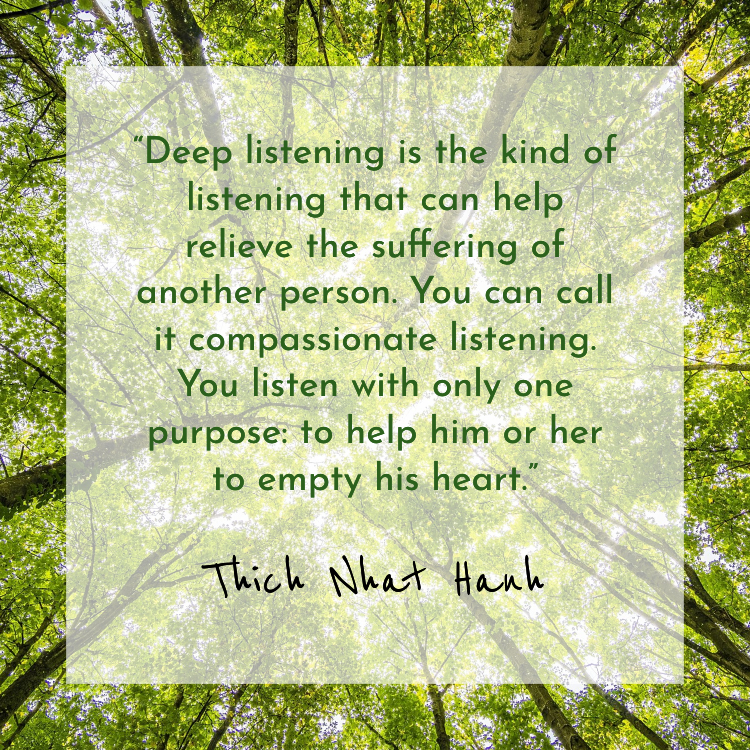
Returning attention to the breath offers us a path home when our thoughts and emotions have carried us into the depth of the past or the unknown forest of the future. Sometimes it can simply be a way to bring what Tara Brach has coined, “a sacred pause”, stepping out of autopilot and reconnecting to what is, in this very moment.
As human beings walking the path of life, we wish for things to be known and predictable. If we are honest with ourselves, our deepest desires are for things to be ALL GOOD, yet this is not the nature of life. Rather, we are in a web of interconnected forces of positive and negative energies. These energies will invariably result in all kinds of experiences, including pain and pleasure; joy and depression; love and fear.
Mindfulness training can help us discover equanimity -the ability to be centered and stable despite the changing landscape of experiences. Training in equanimity is similar to preparing for an Iron Man competition rather than a 5K. It requires years of practice, teachings, and an abundance of patience and non-judgment during difficult moments that will test your composure. Developing an anchor to help steady you during the storms of life is one essential tool for building equanimity. Daily formal practice helps to strengthen this connection and paves a short cut that makes returning to it in difficult times much swifter, lending a hand to rebalancing when life side swipes us.
Another helpful tool to carry with you on the journey of life is the Five-Minute Breathing Space , which can be utilized either at the beginning of formal meditation, as a brief midday meditation, or in a moment of distress.
The Five-Minute Breathing Space (adapted from the Three-Minute Breathing Space found in The Mindful Way Through Depression) is simple 3-step exercise to help you return to your center.
STEP 1. BECOMING AWARE
Begin by deliberately adopting an erect and dignified posture, whether you are sitting or standing. If possible, close your eyes. Then, brining your awareness to your inner experience, ask: What is my experience right now?
- What thoughts are going through the mind? As best you can, acknowledging thoughts as mental events, perhaps putting them into words.
- What feelings are here? Turning toward any sense of emotional discomfort or unpleasant feelings, acknowledging their presence.
- What body sensations are here right now? Perhaps quickly scanning the body to pick up any sensations of tightness or bracing.
STEP 2. GATHERING
Then redirect your attention to focus on the physical sensations of the breath breathing itself.
Move in close to the sense of the breath in the belly…feeling the sensations of the belly wall expanding as the breath comes in…and falling back as the breath goes out.
Follow the breath all the way in and all the way out, using the breathing to anchor yourself in the present.
STEP 3. EXPANDING
Now expand the field of your awareness around your breathing so that, in addition to the sensations of the breath, it includes a sense of the body as a whole, your posture, and facial expression.
If you become aware of any sensations of discomfort, tension, or resistance, zero in on them by breathing into them on each in-breath and breathing out from them on each out-breath as you soften and open. If you want to, you might say to yourself on the out-breath, “It’s okay…whatever it is, it’s already here: let me feel it.”
As best you can, bring this expanded awareness into the next moments of your day.
You can learn more about mindfulness training in the upcoming orientations at the Sacred Treehouse. I am also including some suggested reading and a recording to help you on your path:
The Mindful Way Through Depression
The Mindful Path to Self-Compassion
The Mindful Self-Compassion Workbook
Five-Minute Breath Recording:

Patty Thomas Shutt, founder of Sacred Treehouse, is a licensed psychologist and co-owner of Therapeutic Oasis of the Palm Beaches. Dr. Shutt is passionate about helping others discover the benefits of mindfulness and meditation. She offers Beginner Meditation & Advanced Meditation classes at Sacred Treehouse, in addition to Mindfulness Based Stress Reduction, Mindful Self-Compassion and various book studies throughout the year.


